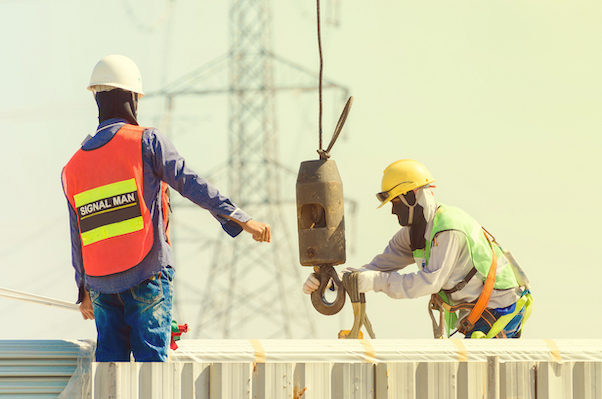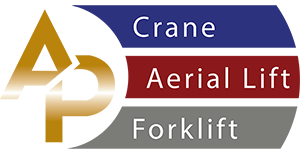Services
Aerial Lift TrainingForklift Operator Certification
Instructor Courses
Mobile Crane Operator Certification
Online Training
Crane Operator Training
Overhead Crane Training
Rigging and SignalPerson Training
All Purpose Crane Training offers crane operator training on-site or off-site. Providing National accredited crane operator certification meeting OSHA ANSI standards for crane operators to become certified.
1926.1401
1926.1402
1926.1403
1926.1404
1926.1405
1926.1406
1926.1407
1926.1408
1926.1409
1926.1410
1926.1411
1926.1412
1926.1413
1926.1414
1926.1415
1926.1416
1926.1417
1926.1418
1926.1419
1926.1420
1926.1421
1926.1422
1926.1423
1926.1424
1926.1425
1926.1426
1926.1427
1926.1428
1926.1429
1926.1430
1926.1431
1926.1432
1926.1433
1926.1434
1926.1435
1926.1436
1926.1437
1926.1438
1926.1439
1926.1440
1926.1441
1926.1442

- (a) The employer of the signal person must ensure that each signal person meets the Qualification Requirements (paragraph (c) of this section) prior to giving any signals. This requirement must be met by using either Option (1) or Option (2) of this section.
- (1) Option (1) -Third party qualified evaluator: The signal person has documentation from a third party qualified evaluator (see Qualified Evaluator (third party), 1926.1401 for definition) showing that the signal person meets the Qualification Requirements (see paragraph (c) of this section).
- (2) Option (2) - Employers qualified evaluator The employers qualified (see Qualified Evaluator (not a third party),. 1926.1401 for definition) evaluator assesses the individual and determines that the individual meets the Qualification Requirements (see paragraph (c) of this section) and provides documentation of that determination. An assessment by an employers qualified evaluator under this option is not portable - other employers are not permitted to use it to meet the requirements of this section.
- (3) The employer must make the documentation for whichever option is used available at the site while the signal person is employed by the employer. The documentation must specify each type of signaling (e.g. hand signals, radio signals, etc.) for which the signalperson meets the requirements of paragraph (c)of this section.
- (b) If subsequent actions by the signal person indicate that the individual does not meet the Qualification Requirements (see paragraph (c) of this section), the employer must not allow the individual to continue working as a signal person until re-training is provided and a re-assessment is made in accordance with paragraph (a) of this section that confirms that the individual meets the Qualification Requirements.
- (c) Qualification Requirements. Each signal person must;
- (1) Know and understand the type of signals used. If hand signals are used, the signal person must know and understand the Standard Method for hand signals.
- (2) Be competent in the application of the type of signals used.
- (3) Have a basic understanding of equipment operation and limitations, including the crane dynamics involved in swinging and stopping.-loads and boom deflection from hoisting loads.
- (4) Know and understand the relevant-requirements of 1926.1419 through 1926.1442 and 1926.1428.
- (5) Demonstrate that he/she meets the requirements in paragraphs (c)(1) through.(4) of this section through an oral or written test, and through a practical test.
